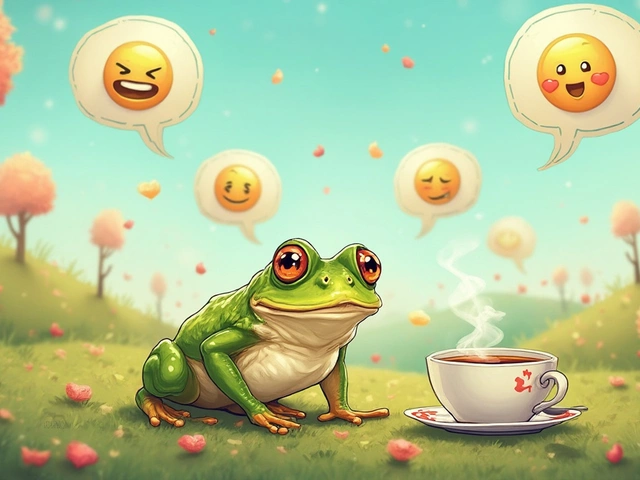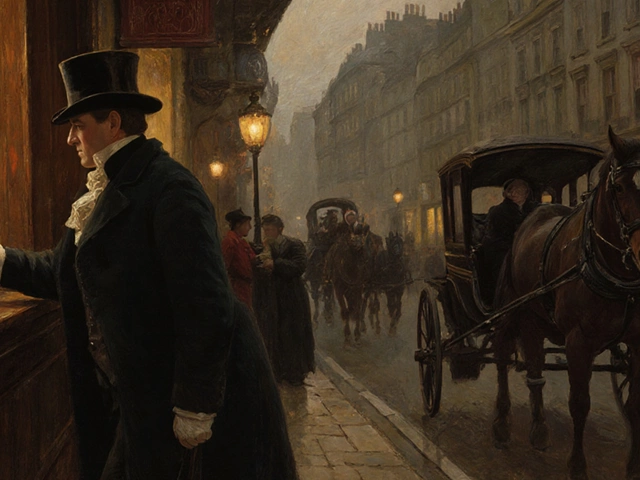Emoji Symbol Meaning: A Quick, Everyday Guide
Ever get a text and wonder if that little face is friendly or sarcastic? You’re not alone. Emojis have become a second language, but the meanings can shift depending on who you’re talking to. This guide breaks down the most common symbols, shows you the usual intent behind each, and gives handy tips so you never misread a message again.
Basic Emojis and What They Usually Say
😊 Smiling Face – Most of the time this means "I’m happy" or "I’m being friendly." People use it to soften a request or to show appreciation.
😂 Face with Tears of Joy – It’s the go‑to for something genuinely funny. If you send it back, you’re saying you found the joke as funny as they do.
❤️ Red Heart – Plain love or deep care. In a professional chat it can feel over‑friendly, so save it for close friends or family.
👍 Thumbs Up – Agreement, approval, or a quick "Got it." Some folks use it as a silent "yes," but it can also be a polite way to end a conversation.
🤔 Thinking Face – Shows you’re pondering or skeptical. If you reply with this, you’re basically saying "I need more info" or "I'm not sure yet."
Context Matters: When One Emoji Means Two Things
Emojis are like slang – the same symbol can have different vibes in different groups. The eggplant 🍆, for example, is a food emoji for most, but in many chat circles it signals a sexual innuendo. Always look at the surrounding words and the person you’re texting.
Another tricky one is the 😅 Sweat Smile. In a casual chat it can mean "I’m nervous but okay," while in a work setting it might signal relief after a stressful task.
When you’re unsure, ask a quick "What do you mean?" It’s better than assuming and getting confused later.
Tips to Use Emojis the Right Way
1. Match the tone. If you’re writing a formal email, skip the emojis. In a group chat with friends, feel free to sprinkle them in.
2. Don’t overdo it. One or two emojis per message keep things clear. More than that can feel cluttered.
3. Know your audience. Some generations love the face‑palm 🤦♂️, while older contacts might not get it.
4. Watch for cultural differences. The ✌️ Victory Hand is a peace sign in many places, but in some cultures it can be offensive if the palm faces inward.
5. Stay updated. New emojis appear each year, and meanings can shift. A quick look at an emoji dictionary can save you from an awkward moment.
Remember, emojis are tools to add emotion to plain text. Use them to clarify, not confuse. The next time you see a tiny icon, you’ll know exactly what the sender probably meant, and you’ll be ready with the perfect reply.

What the 🗿 Moai Emoji Means in Texting and Online Chats
Curious about the 🗿 emoji? Dive into its origins, how people use it in messages, why it suddenly popped up, and what it says about online culture.
Categories
- Storage (27)
- Bathroom (18)
- Sofas (15)
- Curtains (15)
- Home Decor (12)
- Bedding (11)
- Kitchenware (11)
- Cushions (11)
- Mirrors (10)
- Rugs (9)



